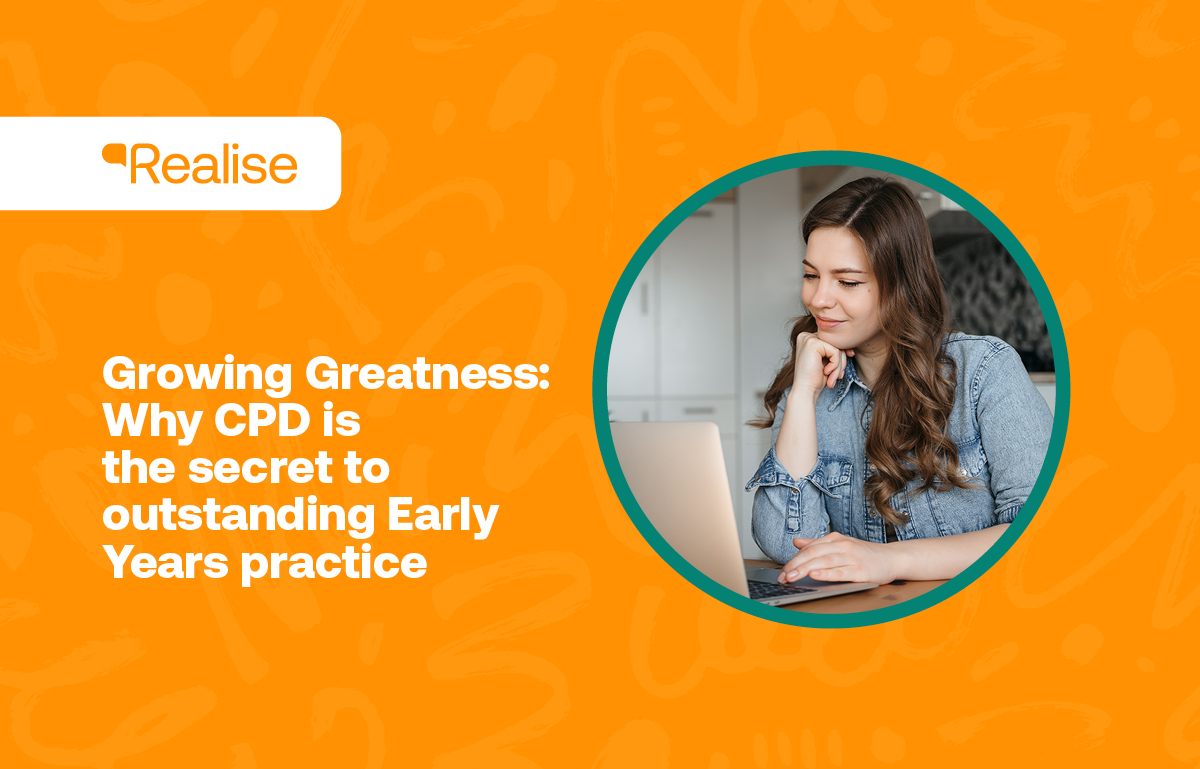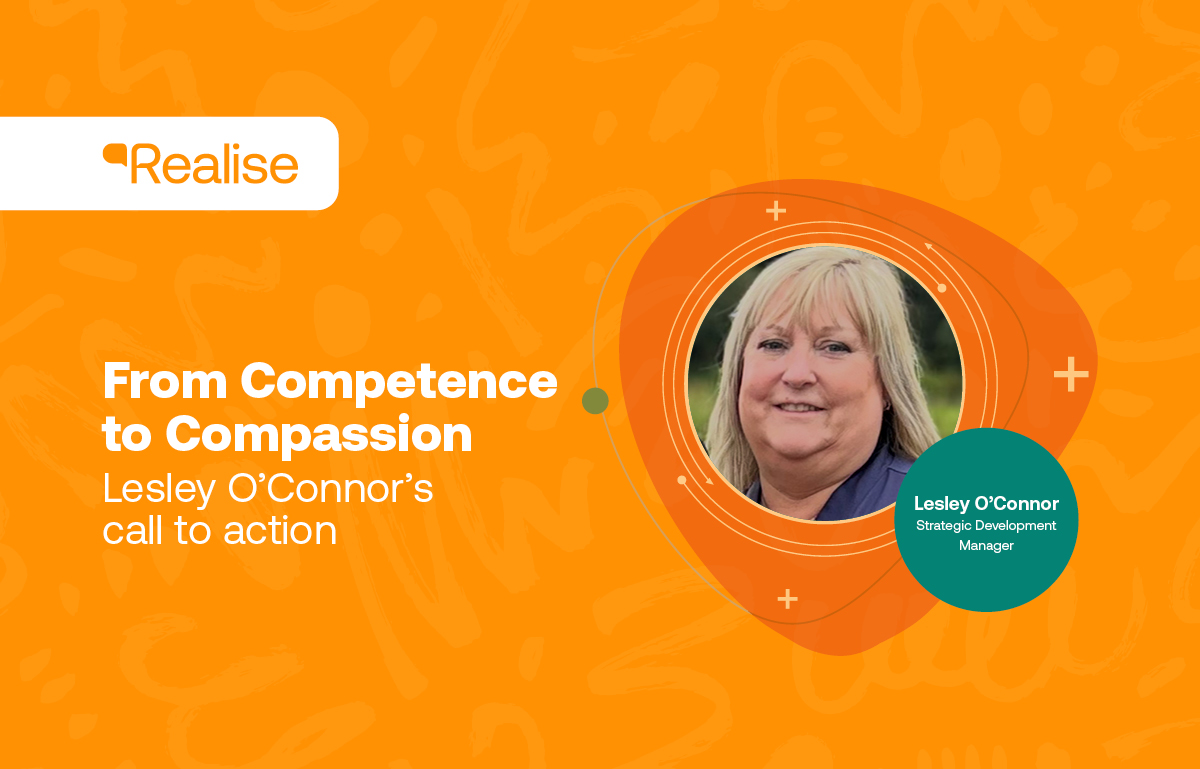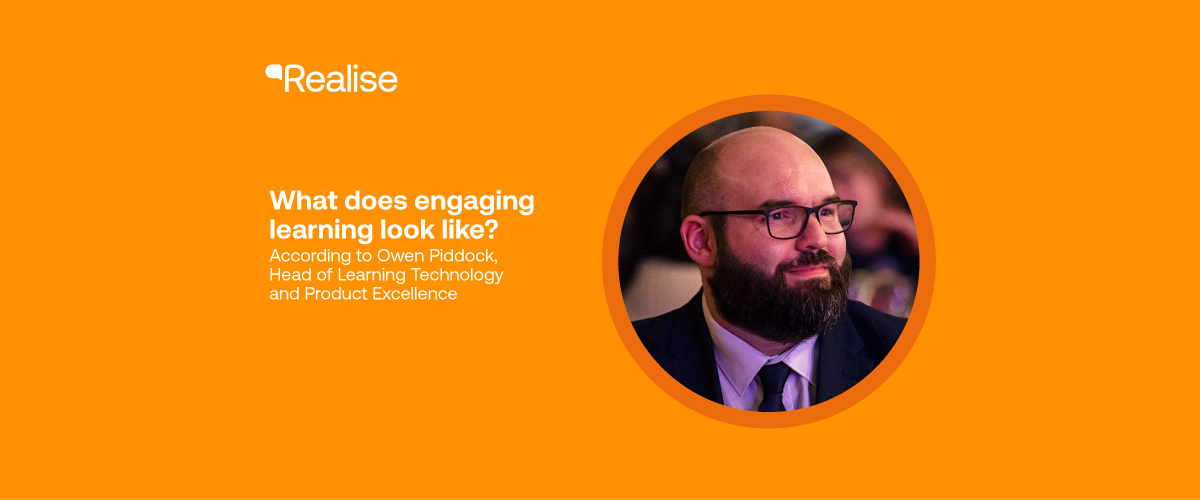

Why CPD is the secret to outstanding Early Years practice
Why CPD is the secret to outstanding Early Years practice
-
 Cathryn Edney
Cathryn Edney -
 4 July, 2025
4 July, 2025

In the vibrant and ever-evolving world of early years, we’re not just laying the foundations for children’s learning - we’re also shaping confident, knowledgeable and motivated staff teams.
CPD isn’t just something we do - it’s something that should run through the heart of every early years setting. Under the EIF, effective CPD is recognised as a key driver of high-quality practice. It needs to be purposeful, relevant, and closely linked to improving outcomes for children. Inspectors want to see how leaders are building strong teams through targeted development - and, most importantly, what difference it's making.
While a formal self-evaluation form is no longer required, leaders are expected to know their teams - where the strengths are, where the gaps lie, and how development is moving practice forward. Developing consistent, high-quality approaches across the team is no longer a nice-to-have - it’s essential. Strong, confident teams mean better outcomes for children, smoother day-to-day practice, and a more cohesive learning environment.
Triangulating the impact of CPD: Intent, Implementation, Impact
To really show that CPD is working, think in threes:
- Intent
Why are you choosing this CPD? Link development opportunities to identified gaps in knowledge or practice. Whether it’s improving interactions, supporting specific needs, or deepening understanding of the curriculum, training should be intentional and clearly connected to what your setting needs most. - Implementation
What happens after the training? Encourage staff to reflect on what they’ve learned, try new approaches, and share insights with colleagues. Use team meetings or supervision sessions to revisit key learning and explore how it’s being embedded across the setting. - Impact
How do you know it’s making a difference? Look at what’s changed—not just for staff, but for the children. Are staff more confident? Are interactions richer? Are children’s experiences and outcomes improving? Gather evidence through observations, feedback, and reflective discussions to build a clear picture of impact.
Everyday ideas for meaningful CPD
- Hold short, focused team huddles to discuss a recent article, strategy, or challenge
- Encourage staff to keep CPD journals or notes with key takeaways and reflections
- Use video to reflect on practice and spark professional conversations
- Pair staff for peer coaching or mentoring on specific goals
- Build in regular time to review and discuss practice as a team
Continuous Professional Development isn’t about ticking boxes - it’s about building teams who feel confident, capable, and inspired to deliver the best possible care and education. With thoughtful planning and reflective leadership, CPD becomes a powerful tool to drive consistent, high-quality practice across your setting. And when your team grows, your children flourish.
Looking for a career working in schools?
If you’ve been inspired by the story and you’re ready to gain new skills, start your journey today with Realise.
Discover our courses











